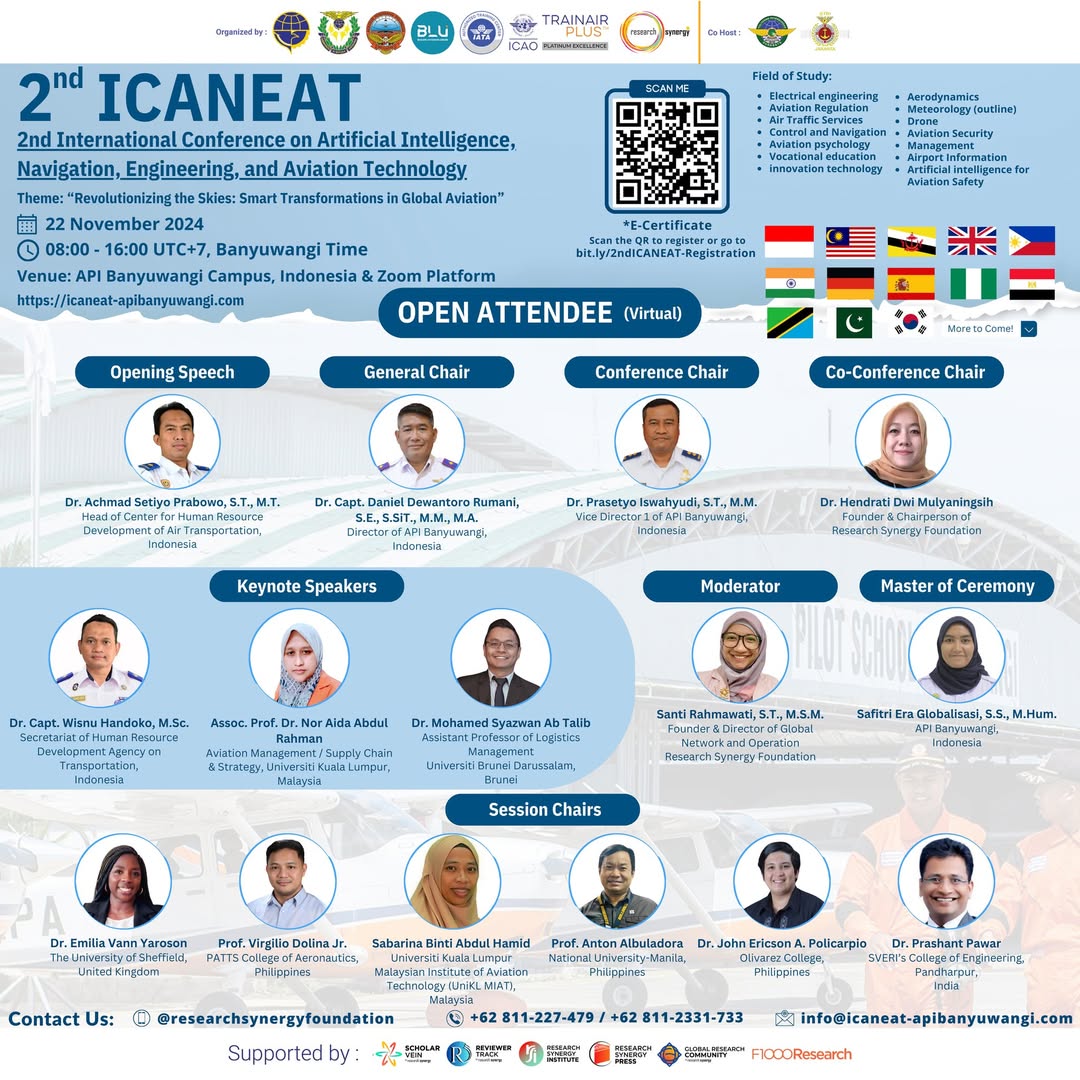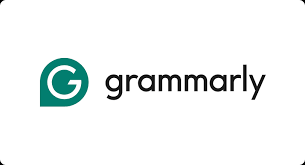Design of Tidal Height Monitoring Equipment Based on the Internet of Things For the Preservation of Mangroves at Kurnia My Darling Beach
Keywords:
Internet of Things, Sea tide monitoring, mangrove conservationAbstract
This study discusses the design of an Internet of
Things (IoT)-based tidal height monitoring system applied to
support the sustainability of mangrove ecosystems in the Kurnia
My Darling Beach area. The tides of sea water are a critical
factor that affects the growth and survival of mangrove plants.
The monitoring system is designed using the Hc-Sr04 ultrasonic
sensor to measure the water level in real-time, with data
transmitted via the Nodemcu Esp8266 for remote monitoring.
The methods used in the design include the needs analysis stage,
system design, implementation, and testing. The test results
show that the system can provide accurate data on sea level
fluctuations with an error rate of less than 5%. The information
produced can be used to optimize the management and
conservation of mangrove ecosystems in the area. This system is
expected to support mangrove conservation efforts by providing
accurate and real-time data for better decision-making in
mangrove area management.
References
[1] N. R. Prasetiawan et al., "PUMMA (Cheap Measuring Device for Water Level) Performance for Water Level Monitoring of Mangrove Ecosystem in Pangandaran," IOP Conf. Ser. Earth Environ. Sci., vol. 925, no. 1, 2021, doi: 10.1088/1755-1315/925/1/012060.
[2] D. Akbar, Mariani, W. E. Yudiatmaja, and Edison, "Governance of Mangrove Restoration and Conservation to Climate Change Resilience in Bintan Island," IOP Conf. Ser. Earth Environ. Sci., vol. 824, no. 1, 2021, doi: 10.1088/1755-1315/824/1/012048.
[3] W. Erika, A. R. Firmansyah, and M. R. Sukri, "Design and Building of an Automated Lighting Control System for Rooms Based on Internet of Things (IoT)," J. Inf. Technol. Comput. Sci. Electr. Eng., vol. 1, no. 3, pp. 96–99, 2024.
[4] P. Yushananta, G. C. Putri, S. Widyawati, and A. P. Sari, "Application of Internet of Things Based Water Physical Quality Monitoring System on PDAM," Link, vol. 18, no. 1, pp. 22–28, 2022, doi: 10.31983/link.v18i1.8379.
[5] M. Amin and M. S. Novelan, "Intelligent System of Water Faucet Control Using Arduino Microcontroller and Ultrasonic Sensor," J. Nas. Technol. and Jar., vol. 4, no. 2, 2020.
[6] M. S. Novela, R. S. Hardinata, and R. P. N. Dwi, "Design of Flood Detection System Using Ultrasonic Sensors and Nodemcu," in Proceedings of the National Seminar on Social, Humanities, and Technology, 2022, pp. 32–38.
[7] H. Hanifadinna, "Design of Water Level Monitoring on Raw Water Tank with Nodemcu-Based Ultrasonic Sensor in Sungai Kupang Mill," J. Vocational Technol. Ind., vol. 4, no. 2, pp. 01–08, 2022, doi: 10.36870/jvti.v4i2.304.
[8] H. Herdianto, S. Efendi, and H. Hafni, "Design and Build an Internet of Things-Based Lake Water Quality Data Monitoring and Acquisition System," in Proceedings of the National Seminar on Information Science Research (SENARIS), 2022, pp. 36–44.
[9] R. S. Hardinata et al., "Designing Room Doors Using Android-Based Internet of Things (IoT)," Tahta Media, 2023.
[10] Rahman et al., "Mangrove Ecosystems in Southeast Asia Region: Mangrove Extent, Blue Carbon Potential and CO2 Emissions in 1996–2020," Sci. Total Environ., vol. 915, p. 170052, 2024, doi: https://doi.org/10.1016/j.scitotenv.2024.170052.
[11] D. A. Friess et al., "Mangroves Give Cause for Conservation Optimism, for Now," Feb. 2020, England, doi: 10.1016/j.cub.2019.12.054.
[12] Y. Mei, F. Jing, Q. Lu, and B. Guo, "Experimental Study on Power Characteristics of a Horizontal-Axis Tidal Turbine Under Pitch Motion," Ocean Eng., vol. 307, p. 118184, 2024, doi: https://doi.org/10.1016/j.oceaneng.2024.118184.
[13] Y. Khan et al., "Application of Internet of Things (IoT) in Sustainable Supply Chain Management," Sustainability, vol. 15, p. 694, 2022, doi: 10.3390/SU15010694.
[14] M. M. Rahman et al., "The Prospects and Challenges of Internet of Things (IoT)-Based Public Healthcare System in Bangladesh," BUFT J. Bus. Econ., vol. 5, 2024, doi: 10.58481/BJebe/2403.
[15] M. Kumar et al., "Quality Assessment and Monitoring of River Water Using IoT Infrastructure," IEEE Internet Things J., vol. 1, p. 1, 2023, doi: 10.1109/Geot.2023.3238123.
[16] S. Chen et al., "A Vision of IoT: Applications, Challenges, and Opportunities with China Perspective," IEEE Internet Things J., vol. 1, pp. 349-359, 2014.
[17] Z. Wang et al., "A Lightweight IoT Intrusion Detection Model Based on Improved BERT-of-Theseus," Expert Syst. Appl., vol. 238, p. 122045, 2024, doi: https://doi.org/10.1016/j.eswa.2023.122045.
[18] D. B. Patel, R. Tripathi, and N. Goel, "IoT: An Overview: Advantage, Disadvantage and Applications," Int. J. Comput. Appl. Technol. Res., vol. 10, pp. 119–122, 2021, doi: 10.7753/IJCATR1005.1003.
Downloads
Published
Issue
Section
License
Copyright (c) 2024 Fachrid Wadly, Zuhri Ramadhan, Muslim, Dimas Alfisyahri Sitompul (Author)

This work is licensed under a Creative Commons Attribution-ShareAlike 4.0 International License.









